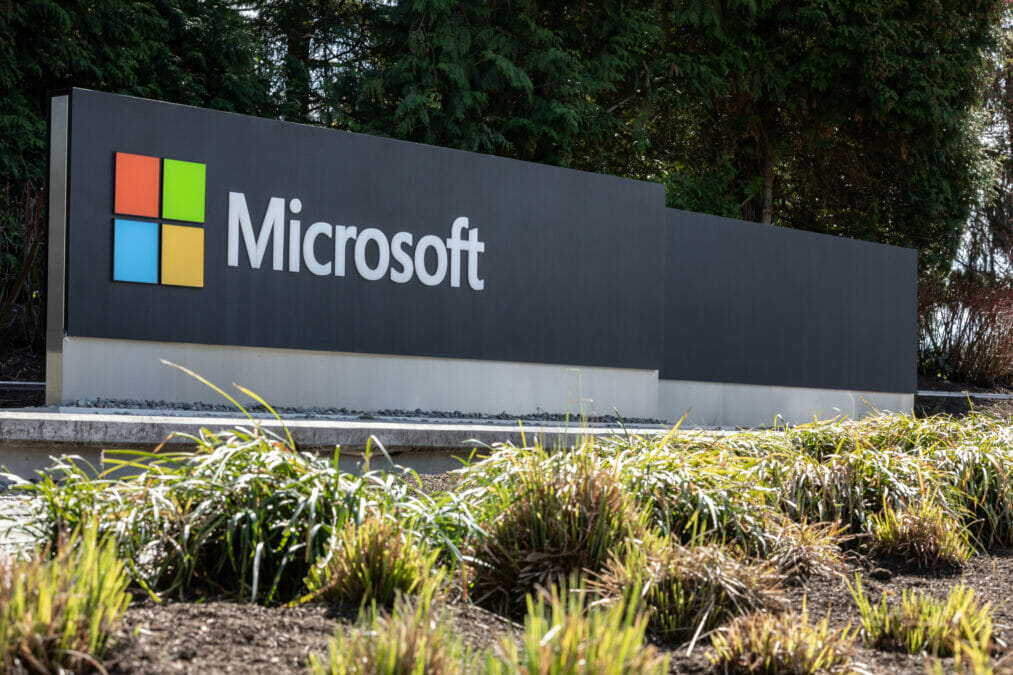Two companies have in the past five years made Microsoft, the software giant that once seemed invincible, look decidedly less so. One is Google, whose online application suite has only been adopted by a fraction of Microsoft Office’s install base, but in providing a viable alternative has shaken up a monopolised industry.
The other is VMware. Not only does the very concept of virtualisation challenge the pivotal role of the operating system, and therefore the significance of Microsoft’s dominance of the OS market, but the younger company has also won a significant proportion of end-user organisations’ server software spend, which might otherwise have gone to Microsoft.
Microsoft has not taken this lying down, of course, and in 2008 the company launched Hyper V, a rival to VMware’s market-leading server virtualisation software. According to Zane Adam, Microsoft’s senior director of virtualisation strategy, Hyper V and its associated virtualisation management tools have successfully eaten into VMware’s market share.
“Over the past two years, we’ve gained rapidly and [VMware] has lost rapidly,” he claims. “Customers who have had VMware for years have had VMware because there has been no competition.”
But while market share estimates vary, VMware is still without doubt the dominant force in server virtualisation. The desktop virtualisation sector, however, has yet to be sewn up so comprehensively.
For one thing, penetration of the technology is not what it might be. A report published this year by IT research company Computer Economics found that desktop virtualisation has currently been adopted by only about 14% of organisations. The technology is arguably not as widely applicable as server virtualisation, but poor performance might also have curtailed adoption.
In March 2010, Microsoft revamped its virtual desktop infrastructure (VDI) strategy. Part of that revamp was technical – it announced that it would be integrating its RemoteFX desktop acceleration technology with close partner Citrix’s XenDesktop high-definition HDX technology, in order to address the performance issues that have drawn criticism in the past.
More importantly, though, it also announced that VDI customers will no longer have to buy a separate licence to access virtual instances of the Windows operating system, or to access those virtual instances from outside the corporate infrastructure.
Adam says that this removes one of the more significant hurdles to the adoption of Microsoft VDI. “Licensing is one side that needed to be resolved, and now it has been,” he argues.
More aggressively still, Microsoft is even offering free VDI licences to those willing to leave VMware.
The company hopes that these moves will help it to convert its dominance in traditional software environments into leadership in the increasingly important virtual realm. “Most desktops in the world that customers use are Microsoft desktops,” says Adam. “We’re seen as a trusted supplier of a platform.”
However, the same was also true of its server products. Windows long enjoyed a market share lead in the server operating system market, but this did not prevent VMware from taking a controlling share of the server virtualisation space.










